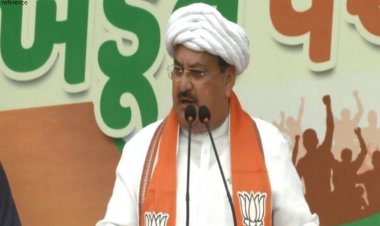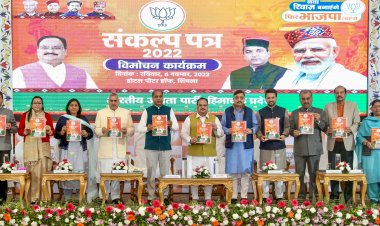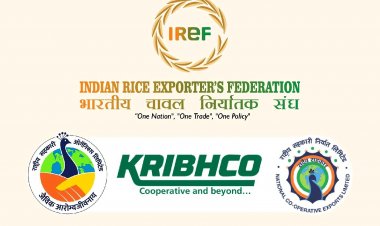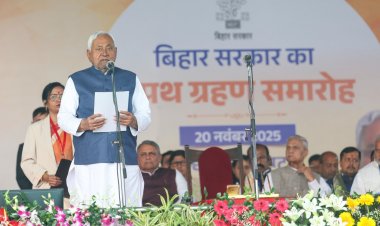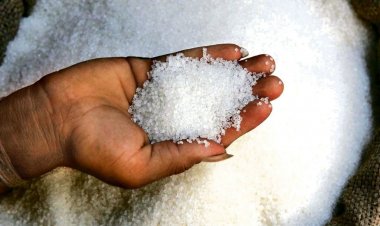Why Jats became so significant in UP elections
What has made the Jats with only 4 per cent population so significant in UP that the media, too, is focusing on this community along with the political parties? There is not so much focus on castes with much larger populations.
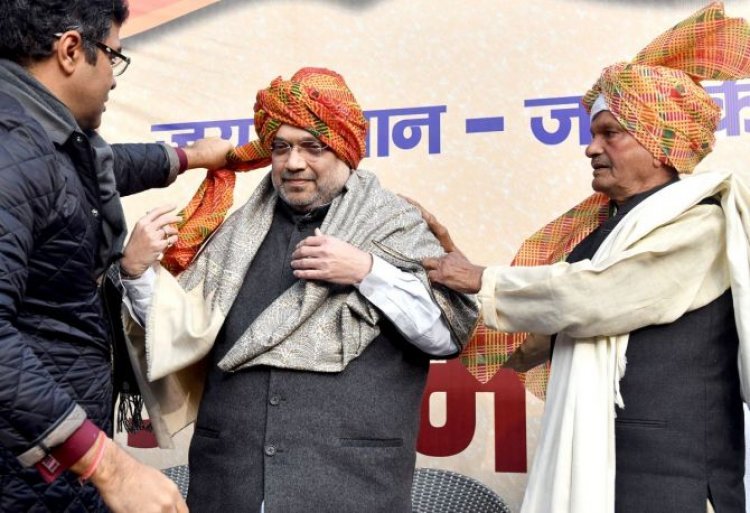
A day before the first phase of the polls in Uttar Pradesh (UP), West Bengal Chief Minister Mamata Banerjee spoke of the Jat fraternity several times in a joint press conference with Samajwadi Party (SP) chief Akhilesh Yadav. She called the Jats fearless and even coined the slogan “Abkee baar Jat Sarkar” (We shall have a Jat government this time around). A few days before this, Union Home Minister Amit Shah had called a meeting of people from the Jat community at parliamentarian Pravesh Verma’s residence. He said at the meeting that as the Jats had always supported the Bharatiya Janata Party (BJP), they should again help the party in the current elections for the UP Assembly.
The two leaders are not even remotely related to the Jats. What has made the Jats with only 4 per cent population so significant in UP that the media, too, is focusing on this community along with the political parties? There is not so much focus on castes with much larger populations.
In fact, the impact of Jat votes is much more than their actual number — “more than their weight”. This is what has earned western UP the sobriquet of ‘Jatland’. What is interesting is that Sir Chhotu Ram and former Prime Minister Chaudhary Charan Singh, the two tallest Jat leaders, never tried to project themselves as Jats. Sir Chhotu Ram talked of the farming community and his party was called the Unionist Party. Chaudhary Charan Singh always portrayed himself as a farmer leader and championed the cause of the farmers. He never called even a separate meeting of the Jats.
It is interesting to note that even Jayant Chaudhary, the Rashtriya Lok Dal (RLD) chief for whose party the Jat community serves as the backbone, is often found to say that his party does not belong only to the Jats. It is a party of the farmers with people from all castes and religions.
What is it then that has brought so much attention to the Jats? Their population is rather concentrated in western UP. The population of the constituencies in this belt consists of 5 per cent to 25 per cent of Jats. Therefore, their votes become highly significant in the constituencies of about 15 districts that fall in this belt. But it is also true that the Jats are not in so big a number in any constituency as to single-handedly elect the candidate of any party as the legislator. However, it is a fact that they do create a winning environment for the party they align with.
Despite voting in large numbers for the BJP in several past elections, the Jats have not been recognized as Hindu votes. So, the BJP leaders are compelled to hold separate meetings with them in order to bring them into their own fold. Even before the 2017 elections, Amit Shah had called a meeting of the Jats in Delhi in a bid to address their resentment. The attempt worked on that occasion, fetching the BJP a sizeable number of Jat votes in western UP.
But the situation is changed this time around. It is the Jat farmers who became the pivot of the farmers’ movement against the three central farm laws. The uniting of this community across Rajasthan, Punjab, Haryana and western UP made the movement so effective that the government had to finally repeal the three laws in November 2021. But the BJP has incurred a big political loss on account of this. The Jat farmers stand against it in Punjab. So do they in western UP. This writer saw the resentment on the ground before the elections and during the February 10 polls for 58 constituencies in western UP in the first phase. The central and local leaders of the BJP have constantly been trying to reduce this resentment.
Speaking of the developments within the BJP, one finds Sanjeev Balyan, Minister of State for Animal Husbandry, Dairying and Fisheries, emerging as the tallest Jat leader of the party. In the current Assembly elections, he has been more active among the Jats than other BJP leaders. Satyapal Singh, the MP from the Baghpat constituency that often makes news, is lagging behind as a Jat leader and there is little possibility that he will be able to help the BJP.
However, Sanjeev Balyan, too, has his limitations because Sisauli, a centre of the farmers’ movement, falls in his Lok Sabha constituency. Besides, the president of the Bharatiya Kisan Union (BKU) is the chief of his own Balyan khap. Moreover, the farmers’ movement has given BKU national spokesman Rakesh Tikait the image of a big farmer leader. Since Rakesh Tikait is a Jat, his message reaches the Jat community when he speaks against the BJP government.
If the Jats move away from the BJP and vote in western UP together with the Muslim community, the equations are set to change. The Muslim population in these districts varies from 20 per cent to 50 per cent. The SP-RLD alliance has altered the equation this time around. How successful the BJP has been in its bid to keep the Jats off this alliance will be known only on March 10, but it is becoming evident that the Jats have been influential in creating an anti-BJP environment in western UP. This has had an impact on the fence-sitters in the elections. Being an influential farming community, the Jats also influence the other castes that work with them. And this is the loss that the BJP has been trying to prevent in these meetings.
A genuine question arises as to why the big political leaders from the Jat community never emphasized gaining mileage by trying to project themselves as Jats. It is a separate issue that before Independence, Sir Chhotu Ram got historic laws made for the farmers along with Sir Mian Fazl-i-Hussain as the revenue minister in the Unionist Party government in Punjab. Similarly, as a minister in the Congress government in UP, Chaudhary Charan Singh got laws like the Zamindari Abolition and Land Reforms Act made that benefited farmers across the castes.
However, it is also true that the fabric of the Jat community has been woven so strong even today that it has united to protect its interests on several occasions either in the name of the community or through the khap system. This unity has also been successful in altering political results. This is the reason why non-Jat political leaders try to win this community on their side. Another fact is that leaders from this community have served on a host of prominent posts, including those of prime minister, deputy prime minister, agriculture minister, finance minister, defence minister and Lok Sabha speaker. The current Narendra Modi government is the first in independent India which does not have a Jat even as a cabinet minister.



 Join the RuralVoice whatsapp group
Join the RuralVoice whatsapp group



















